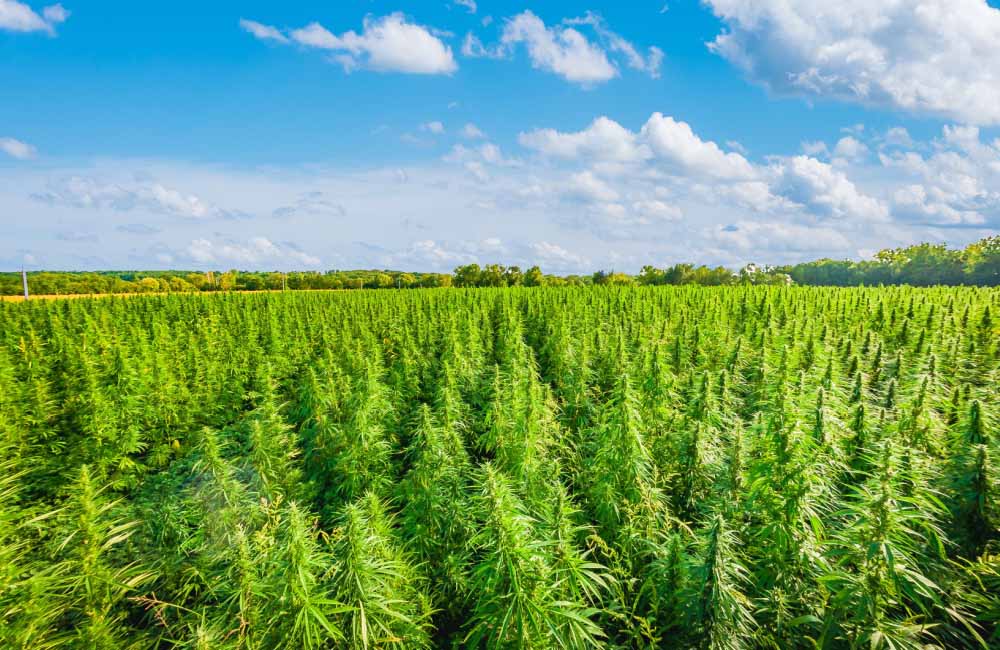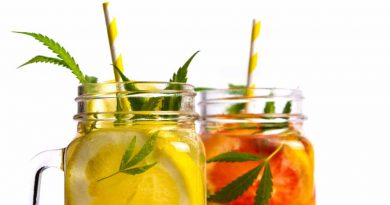What Is Hemp and What Is It Used For?
Since becoming legal in the United States in 2018, hemp has received more attention for its environmental benefits. Hemp is a versatile crop that has been used for centuries for various purposes.
For those new to the cannabis plant, it’s good to know the differences between cannabis, marijuana and hemp. Once people learn about hemp, they understand why it’s become so popular in the U.S. The main reason is that there are myriad ways for people to put it to use.
The Basics of Hemp
Hemp, scientifically known as cannabis sativa, is a member of the cannabis family, alongside its more famous relative, marijuana. While the two plants share the same genus, they differ significantly in their chemical makeup. Hemp contains minimal amounts of THC, the psychoactive compound responsible for marijuana’s mind-altering effects. Hemp typically contains less than 0.3% THC, making it incapable of inducing a “high.”
Hemp has a rich history dating back thousands of years. It is believed to be one of the oldest cultivated crops, with evidence of its use for various purposes found in ancient civilizations across Asia, the Middle East and Europe. In China, hemp has been cultivated for over 6,000 years, where it was used for textiles, food and medicinal purposes.
Versatile Uses
One of the most notable characteristics of hemp is its incredible versatility. From textiles to construction materials, hemp can be used in a wide array of industries. The fibers from the plant’s stalks are particularly prized for their strength and durability, making them ideal for textile production. Hemp textiles are not only robust but also environmentally friendly, requiring less water and pesticides compared to traditional cotton.
In construction, hemp is gaining recognition for its use in creating eco-friendly building materials. Hempcrete, a mixture of hemp fibers, lime, and water, is increasingly being used as a sustainable alternative to traditional concrete. Not only is hempcrete lightweight and breathable, promoting healthy indoor air quality, but it also sequesters carbon dioxide during its production process, making it a promising player in the fight against climate change.
Health and Wellness
Beyond its applications in manufacturing, hemp is making waves in the health and wellness industry. Hemp seeds are a nutritional powerhouse, packed with essential fatty acids, proteins, and a variety of vitamins and minerals. Hemp oil, extracted from the seeds, is rich in omega-3 and omega-6 fatty acids, contributing to heart health and overall well-being. Additionally, hemp-derived CBD is gaining popularity for its potential therapeutic benefits, including alleviating anxiety and pain.
The legal status of hemp has undergone significant changes in recent years. In the United States, the passage of the 2018 Farm Bill legalized the cultivation of industrial hemp, separating it from its Schedule I drug classification. This move has led to a surge in hemp farming and the development of a burgeoning hemp industry, with farmers, entrepreneurs, and researchers exploring new and innovative uses for the crop.
The demand for sustainable and versatile materials has intensified in recent years. Hemp, with its rich history and wide-ranging applications, is emerging as a key player in this movement. From textiles to construction and health and wellness, the uses of hemp are diverse and promising. As awareness grows and regulations evolve, expect to see hemp continue to weave its way into the fabric of our daily lives, offering solutions to some of our most pressing challenges.




